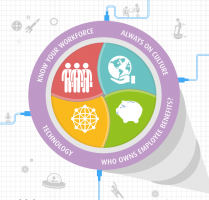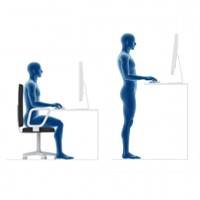August 27, 2015
Three quarters of employers fail to deal with employees’ anger issues 0
 The gunman in Virginia who shot dead two people at his former workplace is thankfully a rare example of someone whose anger at work boiled over into extreme violence. But the case demonstrates the pernicious effect anger and resentment can have in a work environment. While colleagues are expected to work cohesively together to achieve mutual goals and targets, unfortunately this isn’t always the case, and there are often seething resentments building underneath the professional facade. A new study by Health Assured found that 86 percent of workers regularly vent their anger and frustration at a co-worker and three quarters (74 percent) of them claim that their manager regularly makes them angry by not leading the workforce effectively. A failure to manage such situations is borne out in the fact that 79 percent of employers admit to finding it difficult to deal with employees with anger management issues.
The gunman in Virginia who shot dead two people at his former workplace is thankfully a rare example of someone whose anger at work boiled over into extreme violence. But the case demonstrates the pernicious effect anger and resentment can have in a work environment. While colleagues are expected to work cohesively together to achieve mutual goals and targets, unfortunately this isn’t always the case, and there are often seething resentments building underneath the professional facade. A new study by Health Assured found that 86 percent of workers regularly vent their anger and frustration at a co-worker and three quarters (74 percent) of them claim that their manager regularly makes them angry by not leading the workforce effectively. A failure to manage such situations is borne out in the fact that 79 percent of employers admit to finding it difficult to deal with employees with anger management issues.



































August 6, 2015
Three quarters of employees admit to taking work on holiday with them 0
by Sara Bean • Comment, Flexible working, News, Technology, Workplace
(more…)